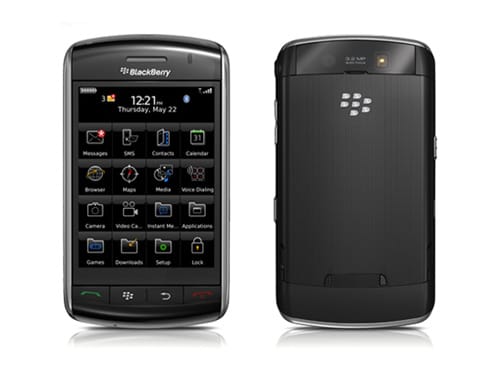The introduction of the Blackberry Storm heralded a significant moment in mobile technology, positioning itself as a formidable competitor to the then-ubiquitous iPhone. Both devices, catering to a burgeoning demographic of smartphone users, brought unique features to the table, yet the Blackberry Storm aimed to address distinct consumer needs that transcended mere aesthetics or brand loyalty.
At first glance, the Storm’s design was striking, a testament to Rim’s commitment to marrying function with style. It cast a long shadow, inviting both admiration and skepticism. The flagship feature that set the Storm apart was its innovative touchscreen interface, which employed a pressure-sensitive input system. Unlike the iPhone’s capacitive touch technology, Blackberry’s mechanical feedback system aimed to instill user confidence and minimize unintended inputs—a common frustration among smartphone users. This nuanced approach was envisaged to attract the business-oriented demographic that had long cherished Blackberry devices for their robustness and security.
However, the allure of the Storm extended beyond its functional ingenuity. There lay a deeper fascination with the notion of challenge. In a market that often relegated Blackberry to the periphery, the Storm represented a bold reclamation of territory. It was an assertion that justified further exploration into why consumers gravitate toward these devices. Was it merely about competition, or was it about identity? For many, a smartphone is an extension of self, a proponent of lifestyle and professional image.
Furthermore, one must consider the cultural implications of such a rivalry. The Blackberry Storm was not simply a product; it was a narrative woven into the fabric of a tech-savvy society. Its arrival engendered conversations about innovation, functionality, and the future of communication. RIM’s challenge to Apple’s dominance sparked intrigue and debate among enthusiasts and casual users alike, igniting speculation about the evolution of smartphone technology as a whole.
In dissecting this phenomenon, it becomes evident that the fascination with the Blackberry Storm transcended its technical specifications. It reflected an undercurrent of resistance to a singular paradigm in mobile communication. Users began to ponder the implications of this rivalry not just for their personal choices but for the industry at large. With the Storm, Blackberry was not merely offering a product; it was issuing a clarion call for diversity in design and function, championing the notion that competition catalyzed innovation.
In retrospect, the Blackberry Storm was more than just a worthy opponent to the iPhone; it symbolized a critical juncture in the evolution of smartphones, showcasing an enduring belief that the spirit of competition fuels advancements that ultimately benefit consumers. As such, the narrative of the Blackberry Storm continues to be a fascinating exploration of technology, identity, and the relentless quest for improvement in a rapidly changing landscape.
